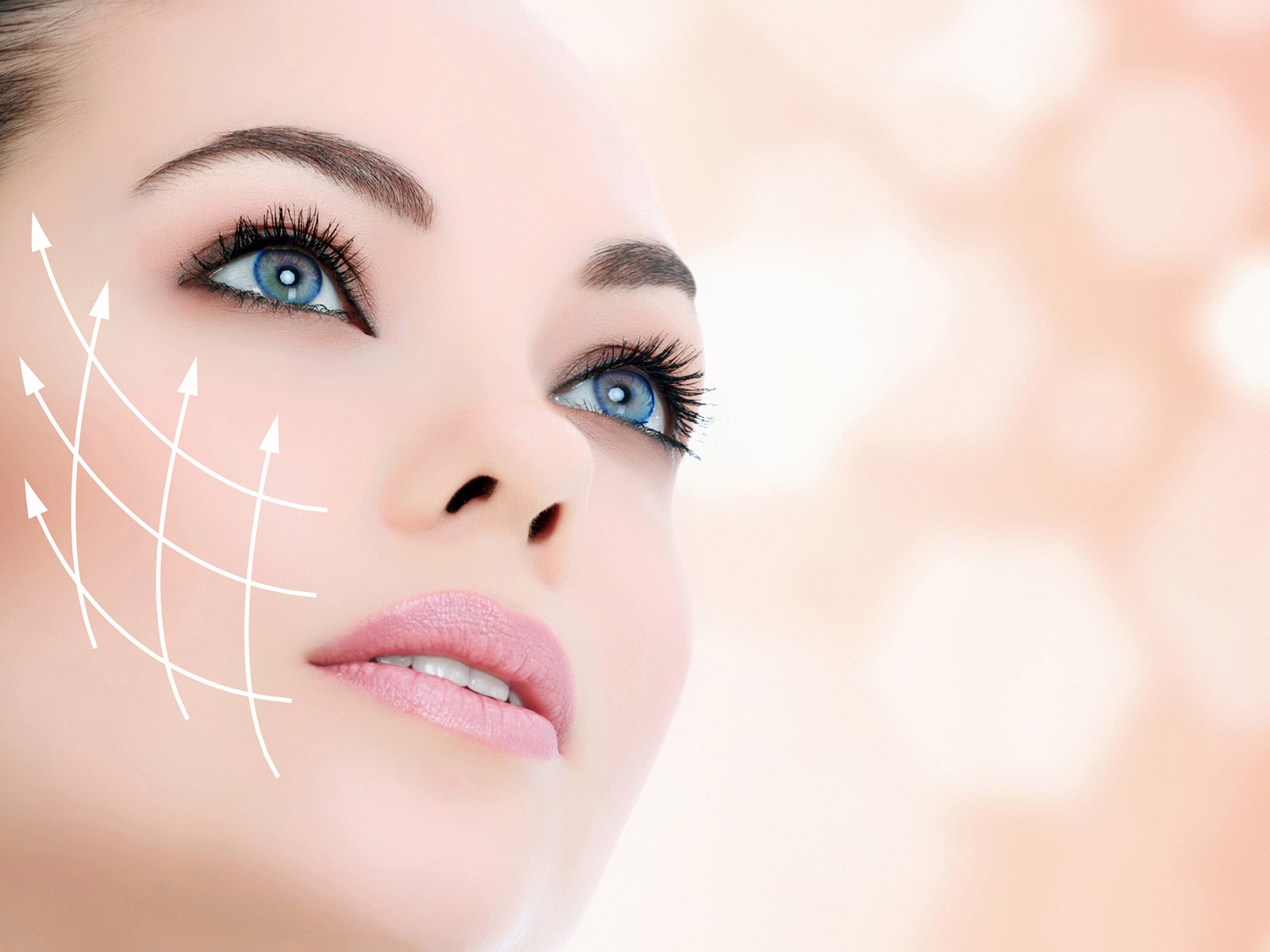More about cheek correction
What is a cheek correction?
How does a cheek correction work?
What criteria must be met in order to qualify as a patient for a cheek correction?
What are the advantages of a cheek correction?
What are the risks and complications of a cheek correction?
How much does a cheek correction cost?
A cheek correction, also called cheekbone correction, refers to an intervention of plastic and cosmetic surgery on the cheeks of a patient. The correction is made with the aim of making the face seem more harmonious by altering the cheekbones. Uniform contours of the cheeks make the entire face look fresh, young and attractive.
In old age, tissue is increasingly degraded and the cheek area loses its contour.
The treatment of the cheeks offers the possibility to adjust the cheekbones to the wishes of the patient. Cheek bone correction can be performed either surgically or non-surgically.
Depending on the severity of the procedure, the correction of the cheeks may be performed under local or general anesthesia.
There are two fundamentally different methods for carrying out the treatment. The surgeon can augment the fullness of the cheekbones with implants or fill the volume with cheek injection.
Correction by implant
The operative method of cheek correction is usually chosen when the cheekbones of the patient are very flattened and should be significantly altered. For this purpose, the plastic and cosmetic surgeon uses implants. These come in different shapes and sizes and can be customized.
The cheek implant may either be inserted through a thin incision in the interior of the mouth and then placed on the cheekbone of the patient and fixed, or inserted through a thin incision under the eyelashes. In this method, cheek correction is often combined with eyelid tightening or face lifting.
In order to prevent the implant from slipping or shifting, it is attached in both methods to the cheekbone.
Correction by injection
The non-surgical method of cheek correction or cheek augmentation is the injection with hyaluronic acid or with autologous fat. Injection of the cheeks is the simplest treatment method to give the cheeks more volume. However, the result of this type of correction is not permanent and cheek injection must be repeated every six to twelve months.
In a cheek correction by injection of hyaluronic acid, which is a natural component of the connective tissue of the human body, a very thin injection cannula is inserted into the tissue. Another method is the injection of autologous fat (lipofilling). This is first harvested from other parts of the body, such as the abdomen or the hip, and then injected by cannula deep into the tissue.
Basically, a cheekbone correction is suitable for anyone who is dissatisfied with the shape of their cheekbones and wants a harmonious facial contour. Often cheek corrections are used to correct facial features after severe accidents. In order to get the best possible treatment outcomes, the patient should be physically healthy and have realistic expectations regarding cheek correction. Before correcting the cheeks, the patient should have no oral and pharyngeal (throat) diseases or allergies to the filling material.
Cheekbone correction provides a quick and uncomplicated way to shape the cheekbones. It offers long-lasting results to meet the desire for high and prominent cheekbones.
Through different methods of cosmetic plastic surgery, a variety of patient expectations can be met.
A great advantage of cheek corrections by implants is that the effect is very long-lasting and the procedure does not need to be repeated again. In addition, there are variously shaped and customizable implants, allowing for a realization of specific patient wishes.
The correction of the cheeks by injection with hyaluronic acid or autologous fat offers the advantage that these materials are not rejected by the body and accordingly can not cause any incompatibilities. Another advantage is the duration of the procedure. Cheek correction by injection is quick and uncomplicated.
Cheek correction usually occurs without complications. After surgery, redness and swelling in the injection area are completely normal and harmless. This subsides again after a few days. In addition, there may be sensory disturbances and numbness in the area of the scars.
The infection risk of the wound after surgery can be kept very low by state-of-the-art surgical techniques and short antibiotic prophylaxis.
Cheek corrections are usually an intervention performed for purely cosmetic reasons. In these cases, the costs of cheek correction are not covered by health insurance and must be paid by the patient privately. The costs depend on the individually selected method and options.




